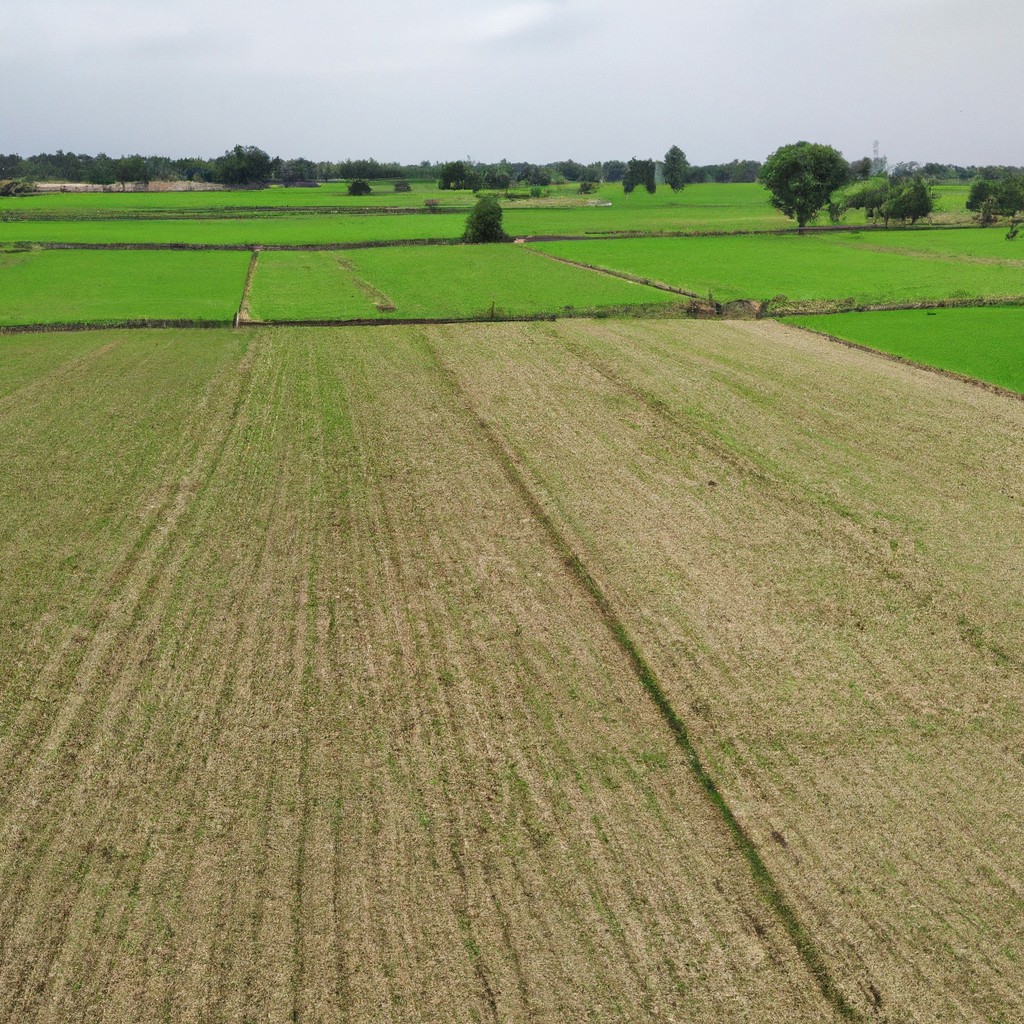This article explains how innovations in sustainable and regenerative farming are shaping the future of agriculture.
Look Inside:
Vertical Farming

Vertical farming takes agriculture to new heights—literally—by stacking crops in layers, often inside controlled environments like warehouses or skyscrapers. This method dramatically reduces land use and can significantly cut down water consumption compared to traditional farming practices. Pioneers in this field use hydroponics, where crops grow in nutrient-rich water instead of soil, optimizing space and resources. LED lighting is another key element, providing the necessary light spectrum for plant growth while being energy efficient. By farming upwards rather than outwards, this innovative approach can potentially feed urban populations right where they live, decreasing transportation costs and carbon emissions. Ideal for cities, vertical farming could be a cornerstone in creating sustainable, self-sufficient urban communities.
Data-Driven Hydroponic Farming
In this advanced form of farming, sensors and software are indispensable for monitoring plant health and environmental conditions. These systems measure factors such as nutrient levels, light intensity, and water quality, ensuring optimal growth conditions for crops. By leveraging real-time data, farmers can make informed decisions that significantly reduce resource waste and boost productivity.
Moreover, the integration of AI helps in anticipating plant needs and detecting possible issues before they escalate. This proactive approach minimizes the risk of crop failure and maximizes yields.
Additionally, hydroponic farming’s space efficiency makes it ideal for urban settings where traditional farming space is scarce. By stacking hydroponic shelves vertically, urban farmers can produce significant amounts of food in confined spaces, bringing fresh produce closer to urban consumers and reducing transportation emissions.
Rewilding and Food Production
Rewilding in agriculture involves restoring ecosystems to their natural state, which in turn supports biodiversity and enhances the resilience of the environment. This method allows nature to take the lead, encouraging wild habitats to regenerate, which can also support more sustainable food systems.
Here are some key points about rewilding and how it impacts food production:
– **Natural Pollinators:** By fostering a healthy ecosystem, rewilding helps increase the population of natural pollinators such as bees and butterflies, essential for the pollination of many crops.
– **Pest Control:** Diverse ecosystems naturally regulate pests, reducing the need for chemical pesticides that can harm the environment and human health.
– **Soil Health:** Rewilding improves soil structure and fertility by encouraging the growth of a variety of plants, which can lead to more productive crop yields.
– **Water Management:** Restored wetlands and forests help regulate water flow and purification, improving irrigation efficiency and reducing the need for artificial inputs.
By intertwining food production with ecosystem regeneration, rewilding offers a promising path toward a more sustainable agricultural future that supports both our planet and its inhabitants.
Improving Yield With Automation and Robotics
Automation and robots have revolutionized farming by performing precise tasks efficiently. These technologies optimize resource use, such as water and fertilizers, reducing wastage significantly. For instance, drones monitor crop health from the air, sending data to farmers who can swiftly address issues like disease or dehydration.
Robotic harvesters work faster than human labor and are active around the clock, increasing productivity. These machines harvest crops at their peak, ensuring each fruit and vegetable is perfectly ripe.
Artificial intelligence plays a crucial role by analyzing data from various sources. This analysis helps predict patterns and make informed decisions, leading to better crop yields year after year.
In essence, automation and robotics not only increase efficiency but also support sustainable practices by minimizing impacts on the environment.
Boosting Businesses With Blockchain
Blockchain technology offers a revolutionary way for agricultural businesses to enhance transparency and efficiency. By securely recording every transaction on a decentralized ledger, farmers can trace the journey of their products from field to fork. This visibility not only builds consumer trust but also streamlines the supply chain, reducing waste and lost revenue.
Furthermore, smart contracts automatically execute agreements when certain conditions are met, such as the delivery of goods, which significantly hastens payment processes and reduces the risk of disputes. This instant verification and settlement promote a smoother operational flow, encouraging scalability and operational dependability.
Adoption of blockchain also opens avenues for farmers to secure better financing. With verifiable, tamper-proof records, lenders can assess a farm’s production and financial history with greater accuracy, leading to more favorable loan terms. This financial inclusion drives innovation and expansion activities, essential for growth in a competitive market.
In essence, integrating blockchain into agricultural practices is not just about adopting new technology—it’s a strategic move to fortify the business against inefficiencies while capturing growth opportunities in a digital economy.




